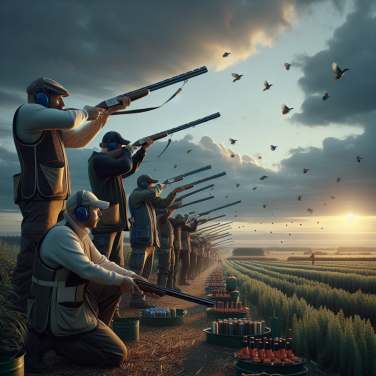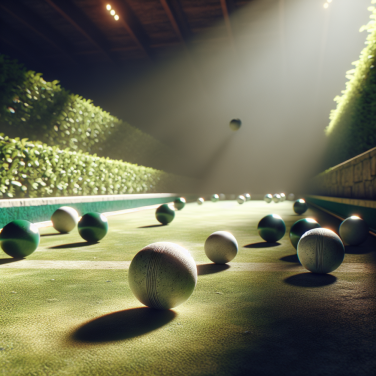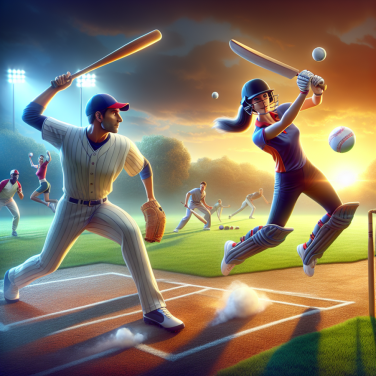Tips for Enhancing Endurance and Precision on Canoeing Adventures
Enhancing your endurance and precision in canoeing is critical not only for successfully navigating through challenging routes but also for ensuring your safety during your canoeing adventures. Achieving proficiency in these areas requires commitment, practice, and the application of various strategies. Here are some tips to help improve your endurance and precision in canoeing.
Firstly, consistency is key. Regularly spending time on the water and paddling longer distances will help improve your overall stamina and endurance. Start by setting achievable targets and gradually increase the distance as your strength and stamina improve. This is also an opportunity to familiarize yourself with different water conditions and whale movements, boosting your confidence and ability to paddle for extended periods.
Knowing your paddle is crucial for precision. Each paddle has unique features that affect the control and strength of each stroke. Try out different paddles and find one that feels comfortable and suits your paddling style. Get to know the sides, grip and blade of the paddle, as mastering the tool you're working with will greatly influence your precision.
Implement a cross-training regime into your weekly routine, including exercises for both strength and aerobic conditioning. This can involve exercises such as swimming, cycling, or running which will improve your cardiovascular endurance. Strength training exercises, such as squats, push-ups and pull-ups, are equally important as they target the muscles used in paddling.
Emphasize proper paddling techniques. Technical accuracy is often more pivotal than brute strength in ensuring precise strokes and movements. A correctly performed forward stroke, for instance, involves using your core muscles, rotating your torso, and applying pressure with your feet against the foot braces, as opposed to simply relying on arm strength.
Staying hydrated and maintaining proper nutrition also have an impact on your endurance. Your body needs a good supply of nutrients and water for it to perform well. Therefore, ensure you have accessible drinking water during your canoeing sessions and eat nutrient-dense meals before and after your workouts.
Investing time in mental preparation is another aspect often overlooked. Canoeing is as much a mental activity as it is a physical one. Practicing mental exercises such as mindfulness can enhance your focus and precision during paddling. This can also help manage fatigue and stress, helping you paddle longer and more efficiently.
Don’t forget the importance of rest. Overworking may lead to burnout and injuries that could keep you off the water for some time. Therefore, balance your training with appropriate rest periods to allow your body to recover and get stronger.
Read also:
Mastering Wallball: Tips for Dominating the Court
Navigating Essential Canoeing Techniques: A Path to Mastery
When it comes to mastering canoeing, learning the fundamental techniques is vital. There are various canoeing techniques to master, but here we'll highlight some of the most essential ones. These skills will not only enhance your canoeing experience but also ensure your safety on the water.
# Paddling Techniques
Arguably, the most important technique to master in canoeing is how to paddle correctly. The Texas Parks and Wildlife Department suggests that the basic paddling stroke, known as the forward stroke, involves dipping the paddle blade into the water while keeping your lower arm straight and rotating your body in the direction of the stroke. To optimize your power and control, pay attention to your grip, paddle angle, and body movement.
Aside from the forward stroke, there are other paddling techniques to learn such as the draw stroke, which enables the canoe to move sideways, and the J-stroke, which helps to maintain a straight line without needing to switch sides constantly.
# Control Techniques
In mastering canoeing, control techniques are just as crucial as paddle strokes. You should know how to steer and maneuver your canoe in different conditions and directions. For instance, learning the sweep stroke can assist in turning the canoe while the pry stroke can reverse the direction.
Understanding how to adjust your canoe's course based on wind direction and water currents is also crucial in maintaining control over your vessel. This skill, known as edging, requires subtle shifts in your weight and balance.
# Bracing
Bracing is a preventative technique to stop the canoe from capsize. A crucial aspect of bracing is understanding that it is a reactive measure done at the moment you feel instability. There are two common forms of bracing – the low brace and the high brace. These techniques involve using your paddle against the water surface to regain balance or stability after a tilt.
# Capsize Recovery
Even with careful paddling and effective bracing, capsizes can still happen. Hence, it is essential to know how to recover from them. Techniques to master include the T-rescue, where another canoe comes to aide by providing leverage to flip the capsized canoe back upright.
Mastering self-rescue techniques such as the Eskimo Roll, where you use body rotation and a paddle sweep to right a capsized canoe, can also be a valuable skill to learn.




